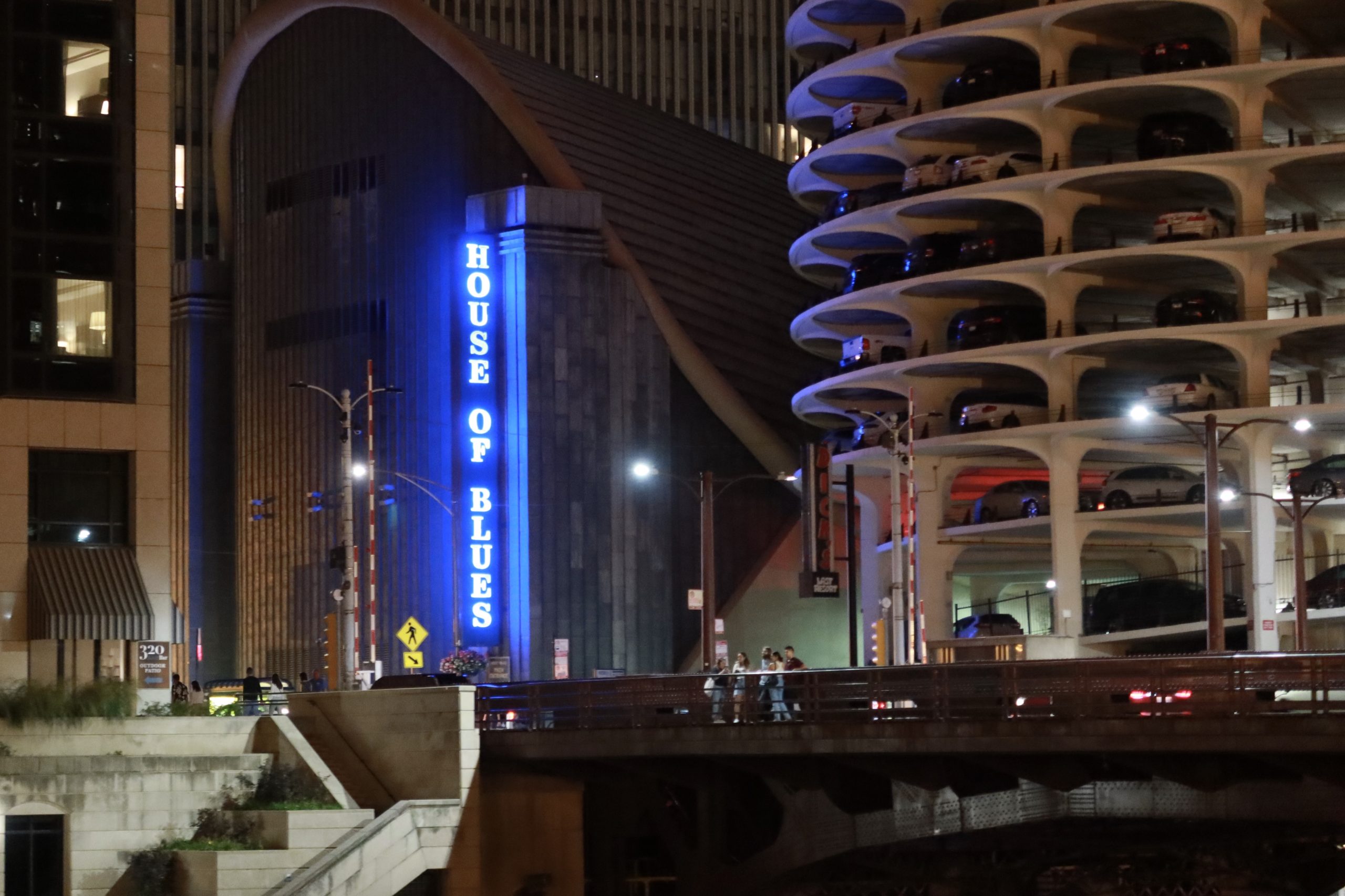I enjoy kicking.
I also have the advantage of being young and the advantage of beginning my training when I was a child at 6 years old. As I get older, I will definitely need to devote more time and energy to maintaining my level of flexibility and ability to execute strong and effective kicks. I still train hard as I’m writing this article but things get harder as we get older.
I love working with college students. They are easily my favorite group to teach, but assuming they do not enter my school with prior experience, They do not have the advantage that I did when it came to kicking. They are starting at least at age 18 where I began at 6. Sometimes being good at something or attaining an ability at a young age makes things difficult to teach effectively. We do not always understand something that we believe to be an automatic thing.
It took me a while to understand where my students were lacking physically and how to help address their shortcomings in a concrete way. Sometimes we do not completely hear or understand things our own instructors taught us until it comes time for us to pass it on to the next generation of students.
One of my Instructors had three keys to a good kick that made it easier to explain things to my students so that they could improve and in revisiting these things, I too was able to improve certain aspects of my own kicks. Without further adieu, here are the three physical keys to good kicking.
1. Core strength
2. Butt strength
3. Flexibility
The first two have one thing in common: Strength. We must work to have a strong core and a strong butt. Many times a strong core is mistaken for having strong abs! This is a good start but is not the whole enchilada. We must also work on cross core stabilization. Think of the bird dog exercise. This stabilization is very underrated and often missed because it pertains to muscles we can’t see in the mirror. Without this, chances are, we are recruiting our back muscles into our kicks. This is not desired and can limit your ability to train, due to injuries it can cause.
For butt strength, we need to work on our gluteus muscles and both our adductors and abductor muscles. For this, focus on exercises similar to the quadruped fire hydrant exercises. This will allow you to hold your chamber leg and execute techniques using strength not momentum.
For flexibility, general leg flexibility won’t hurt, but the real component that you need to focus on is the hip flexor. This is what controls your hip mobility. With a limited hip flexor your range of motion may not be where it needs to be for you to execute the kick with proper form or power.
At the end of the day if we are lacking in any of the three categories it will lead to one thing: compensation. We will either pay the price with using muscles that are not intended to be used during the kicks or we will pay the price with a technique that is improper. Sure you may not kick to the sky but to even have correct form these things are necessary.
So what are you waiting for? Let’s get to work on ourselves, and maybe in the future we can all share our favorite picture of ourselves kicking.



